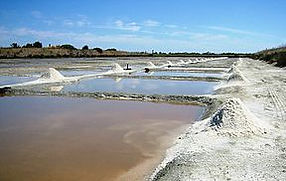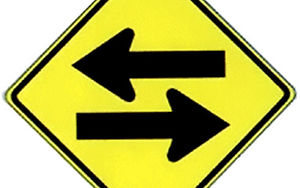top of page
Georgina A.
Rivera-Ingraham
The project
In this project, we will use three intertidal invertebrate models:
-
Macrostomum lignano (Platyhelminthes, Macrostomida), a transparent flatworm described in 2005 and which has been recently proposed as an ideal model for studying physiological processes in-vivo.
-
The common limpet Patella caerulea (Gastropoda, Patellidae).
-
The intertidal crab Pachygrapsus marmoratus (Crustacea, Grapsoidea).
We will use these three species to answer the following research questions:

WORKPACKAGE 1
How does salinity exposure after ROS/RNS production and what consequences does this have on cell viability?
We will characterize of the physiological response of the model organisms to salinity stress.

WORKPACKAGE 2
Are ROS/RNS and other molecules necessarily harmful, or could they also have signaling effect.
WP2 will investigate the possible role of calcium, hydrogen peroxide and nitric oxide as signaling molecules for salinity stress and adaptation.

WORKPACKAGE 3
If ROS/RNS indeed have a signaling role, how are they travelling from one cell to another?
This WP will concentrate on assessing the effect of the presence of aquaporins on the distribution of oxygen radicals.
We aim to conduct this project mainly through the use of the so-called "life-imaging techniques". But what are they? Find out more here.
bottom of page